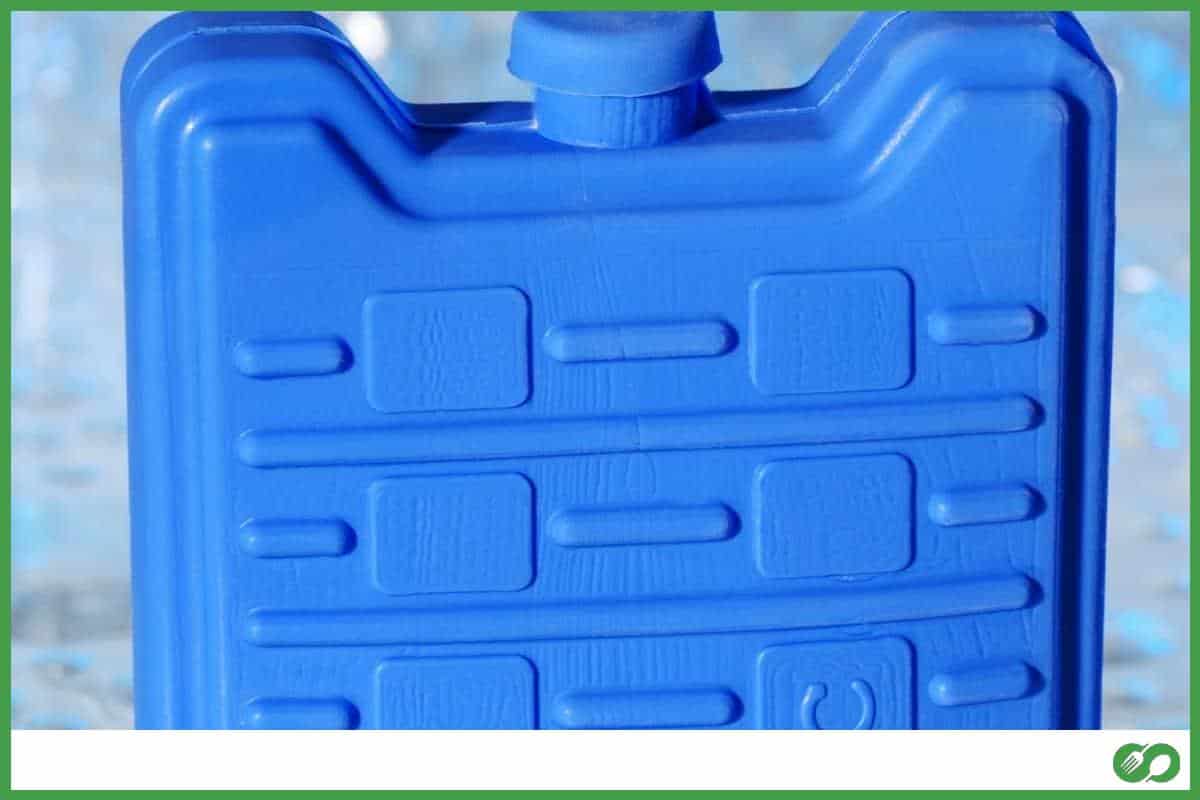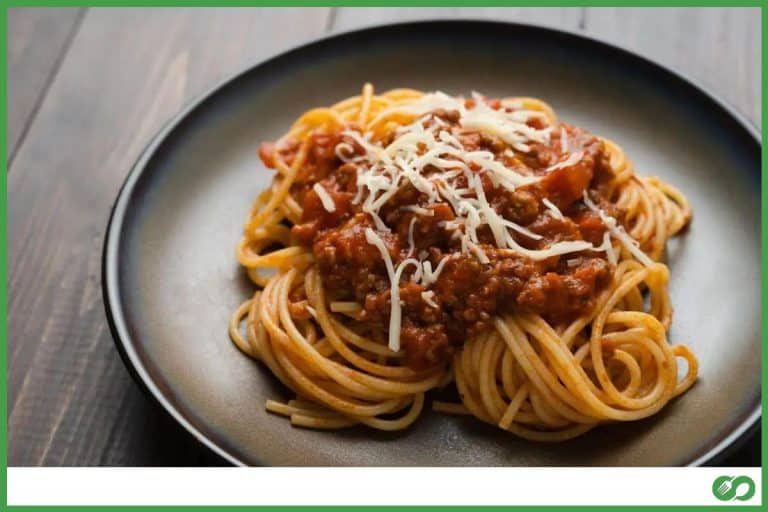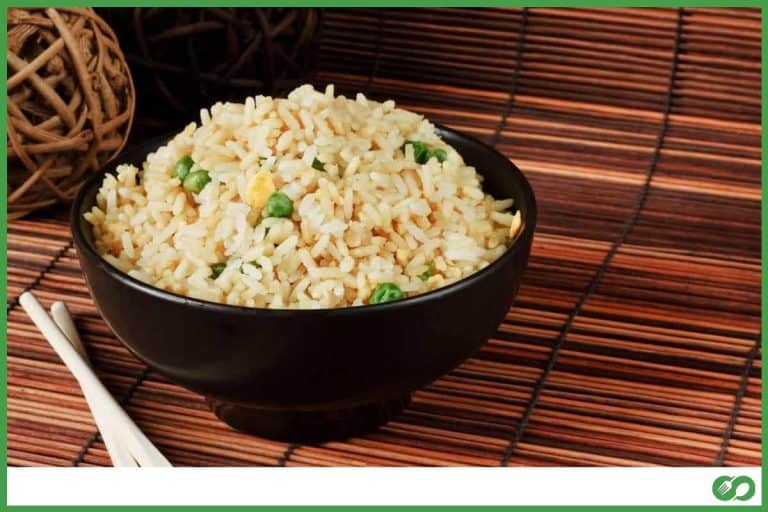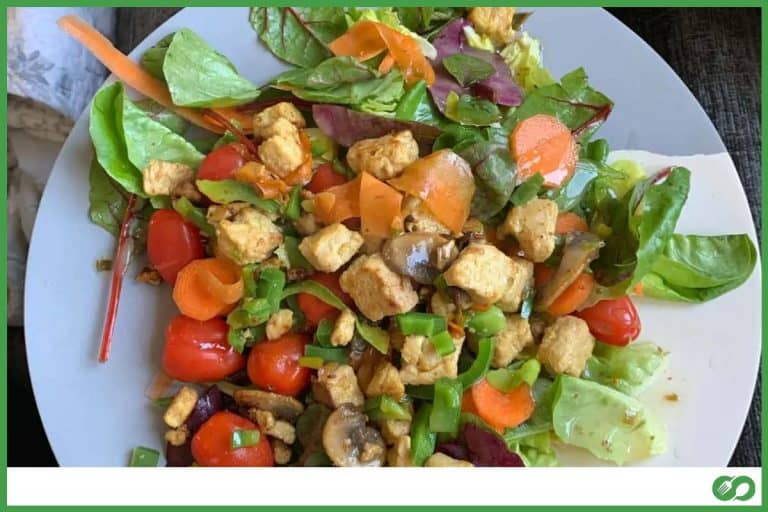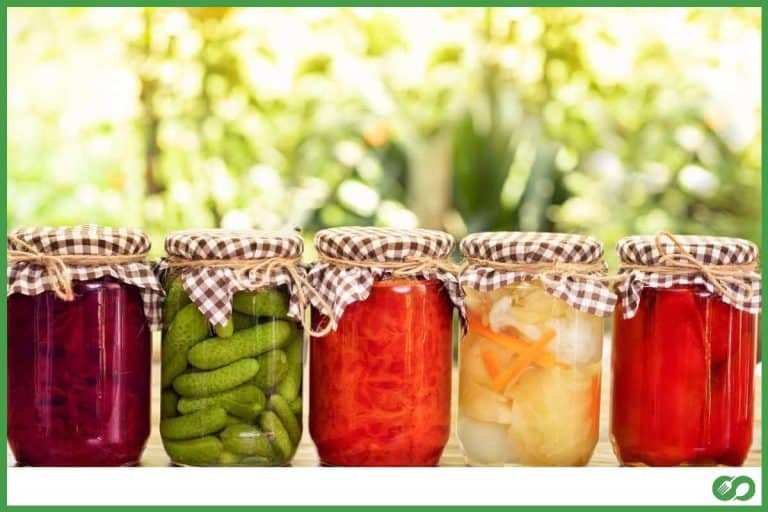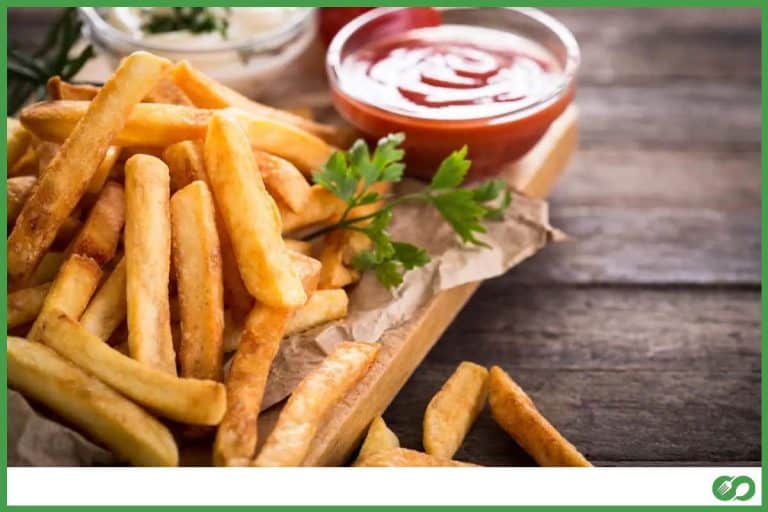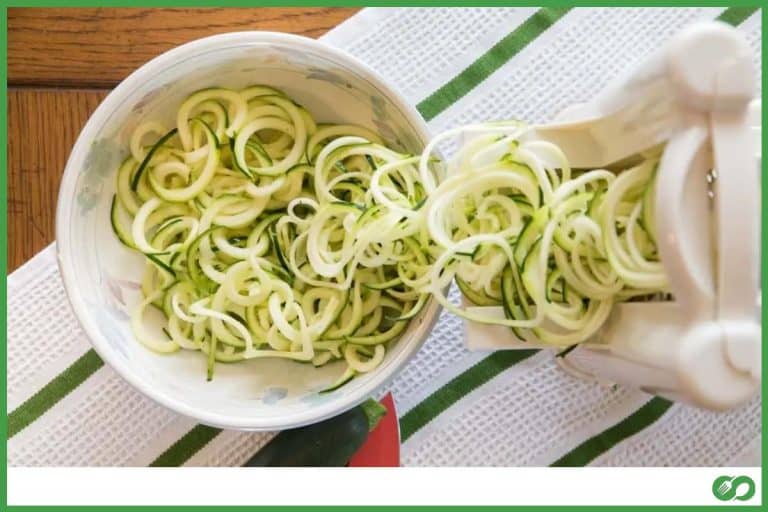How Long Will Ice Packs Keep Food Cold?
This post may contain affiliate links which means that, if you choose to make a purchase, I may earn a small commission at no extra cost to you.
There are many times in your life when you had to invest in coolers or even ice packs to keep your food warm. Going on a trip, picnics, or even having a long commute to work, all require keeping your food in pristine condition so that they are safe to consume. Ice packs often assist with that but the duration of their assistance is sometimes unclear.
The longevity of ice packs keeping your food cool varies, from 2.5 hours to even 48 hours. A 2-pound ice pack will keep your food cool for less time than that of a 4-pound ice pack. A 5-pound ice pack placed in a good quality cooler can keep food warm for almost 48 hours. Alongside the size, the freezing point also plays a factor in their longevity.
In this article, I am going to focus thoroughly on everything related to this topic. I have also included some additional details now that you know how long ice packs will keep food cold. I recommend reading the whole article to be best informed.
For How Long Do Ice Packs Keep Your Food Cold?
I have already mentioned the general time span of ice packs keeping your food cool. Now I am going to focus a bit more on the specifics.
When exposed to room temperatures, ice packs will keep your food cold from 2.5 hours up to 4 hours even. In confined containers, ice packs can keep your food cold from 24 to 36 hours, sometimes 48 hours if you refrigerate the ice packs long enough.
Freezing point
I have already mentioned how size plays a crucial factor when it comes to the longevity of ice packs. Now, let’s look into another significant factor which is the freezing point of the ice packs.
The freezing point helps to determine the temperature of the cooler. This is done through the gels that are present within ice packs and they have a freezing point (10° F) lower than water (30 ° F). This gel consists of at least one out of three risk-free substances. They are silica gel, hydroxyethylcellulose, or sodium polyacrylate.
The gel packets are confined within containers of plastic or vinyl. The chemicals inside the gels interact with the ice within the packs and help to lower the overall temperature within the cooler.
If you want to learn more about these gel packets and how ice packs are made, you can click here.
Which Ice Packs Are Ideal For Cooling Your Food?
There are a lot of things you need to consider for your ice packs if you want them to cool your food for long hours. I have mentioned which aspects to look for in ice packs below. The differences in them will allow you to take your pick more easily as you gain a better understanding of them.
Size: The bigger your ice packs are, the more cooling power they will have. However, they may take up the space that you could have reserved for your drinks and food.
If you are going for small coolers, you should get small ice packs. On the other hand, if you are looking to store large units, you should get large ice packs.
Form: Ice packs come in two forms, soft packs or hard packs. Hard packs can fit expertly into a solid cooler as they have more rigid surroundings that can serve as a solid block.
Soft packs are the perfect option for normal coolers or lunch bags. With soft packs, you can adjust the ice around your food and drinks as per your preference.
Popular ice packs for coolers
Now that you have a better grasp of how ice packs work, you might be wondering about which ones are the best to put inside coolers. I have enlisted some of the most popular ones below to save you the hassle.
Arctic Ice Chillin’ Brew Series: The Arctic Ice Chillin’ Brew Series is prominent for its structure and reliability. They are also extremely easy to clean and maintain. Their ultra-thinness assists with usage and storage.
Fit & Fresh XL Cool Coolers Freezer Slim Ice Pack for Lunch Box: Fit & Fresh XL Cool Coolers Freezer Slim Ice Packs are only 0.5 inches thick. Due to their slim outline, they can easily adjust in the smallest of places. I would suggest using a lot at once for enhanced longevity.
Cooler Shock Reusable Ice Pack: Cooler Shock Reusable Ice Packs are extremely versatile. They come in different sizes without compromising the length of cooling time. As they are reusable, you can use them for a very long time without any worries.
YETI Ice Refreezable Reusable Cooler Ice Pack: YETI Ice Refreezable Reusable Cooler Ice Packs are ideal for all your adventurous journeys. They are break-resistant and due to their innovative profile, they take comparatively less time to cool food. In addition, no matter how frequently you use it, you will find no condensation forming on the coolers.
Which Insulators Can Prevent Ice Packs From Melting and Keep Your Food Cold?
When it comes to preventing ice packs from melting, you have your parts to play as well. You must take the necessary precautions to ensure that your ice packs do not melt and that they stay frozen for long hours to keep your food cold. I have provided some of the most effective tips below.
Surround the container your ice packs are in with Aluminum
To prevent infrared heat from seeping into your container, aluminum is the solution as it will reflect this heat away from your container. Aluminum can act as the perfect insulator. Along with the outer walls, you can plaster some aluminum foil into the lid of your container for further protection.
In addition, the aluminum foil will help create air pockets between it and the container you are using. These air pockets will act as secondary insulators which can steer all the heat away from your container by a large magnitude. The more air pockets there are, the more insulation is there.
Chill your food and drinks in advance
By putting room temperature items along with your ice packs, you are adding heat. The ice packs will have to then put in extra energy to cool down the items which leads to the ice melting faster. By pre-chilling all the items, you are preventing all that and hence the cooling will be elongated.
Wrap your cooler or ice packs in a towel
By wrapping your ice packs or cooler with a towel, the towel will absorb any heat or outside heat first. The towel will then evaporate them all. As this moisture (liquid) turns to gas, the towel gets colder. Thereby, making the containers inside the towel become colder as well.
Use more quantities of ice
The simple theory is, that the more ice there is, the cooler it will be. Moreover, since there is now a larger volume of ice, it will require a larger amount of heat to melt them. This will take a lot more time and hence your food and drinks will stay cold for more time.
Include dry ice
Dry ice is basically frozen carbon dioxide and it is far colder than regular ice at a freezing point of –109.3 °F. Place the dry ice at the bottom of your container or cooler.
The dry ice will reduce the temperature of the regular ice and turn them colder, increasing the cooling time for your food. Even when the dry ice melts, you will be left with cold water that will last for days. Overall, a very effective solution.

